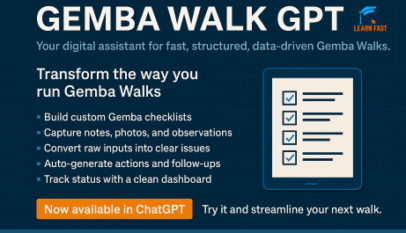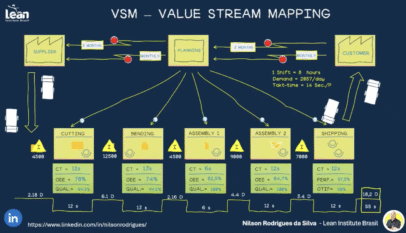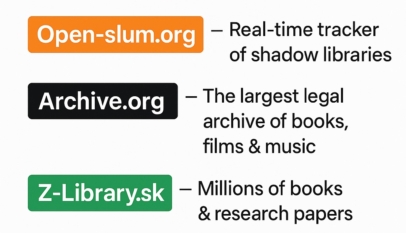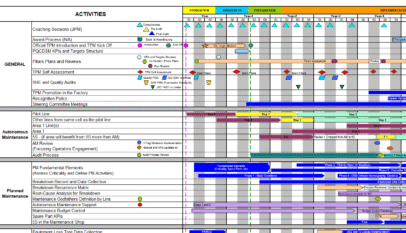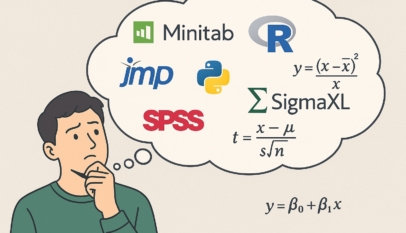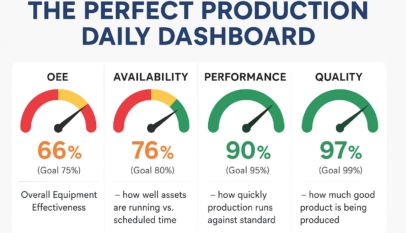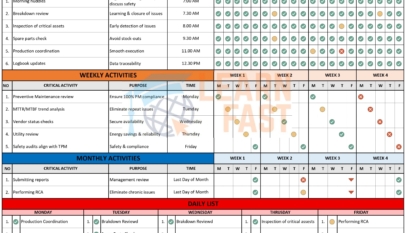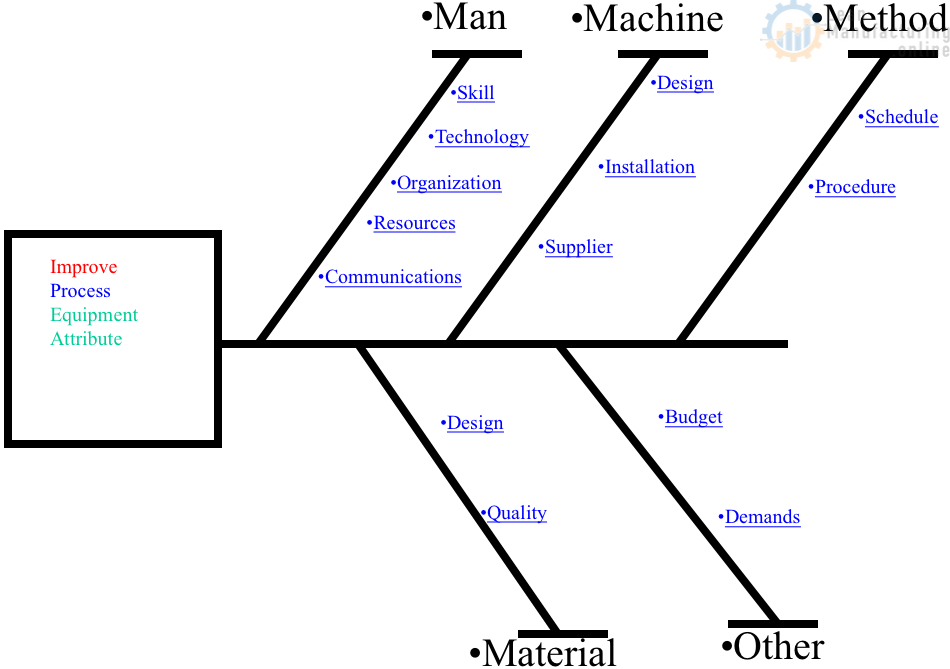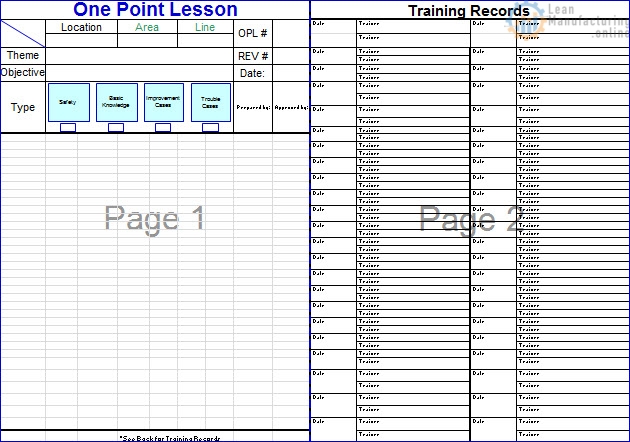The Power of ECRS in Process Optimization
Every workplace has waste hiding in plain sight—redundant steps, extra motion, unclear responsibilities, or overcomplicated instructions. The ECRS method helps expose and eliminate these inefficiencies.
ECRS stands for:
- Eliminate
- Combine
- Reduce
- Simplify
While it’s often used in manufacturing, ECRS applies equally well in offices, service industries, and digital workflows. The method works best when visualized as a continuous circle with four connected quadrants. Each one supports the others, forming a repeatable loop of improvement.
Let’s explore how to use ECRS to reshape how work is done.
Quadrant 1 – Eliminate
The first and most impactful step: Eliminate anything that doesn’t add value.
Start by breaking down your process into its smallest steps. Ask:
- Why do we do this?
- What happens if we stop doing it?
- Who benefits from this activity?
Look for approvals that delay progress, duplicate entries in different systems, or tasks created “just in case.” These are often historical leftovers that serve no real purpose.
🧠 Rule of thumb: If removing the step causes no negative consequence, it likely doesn’t belong.
Quadrant 2 & 3 – Combine and Reduce
After eliminating waste, move to Combine. Here, you’re looking to merge tasks, tools, or movements to reduce handoffs and fragmentation.
Examples:
- One person completes two related steps instead of handing it off
- Merging meetings or documents that overlap
- Consolidating tools or systems
Next is Reduce—the leanest path through a process. This includes:
- Shortening distance traveled
- Reducing time spent searching or waiting
- Cutting quantity (materials, touches, clicks)
Ask:
- Can this be done in fewer steps?
- Can we shorten or automate this process?
Quadrant 4 – Simplify
Even after eliminating, combining, and reducing, you might still have overly complex steps. That’s where Simplify comes in.
Look at:
- Clarity: Can anyone understand the task without asking for help?
- Error-proofing: Can we build in checks to prevent mistakes?
- Flow: Can the sequence of steps be made more intuitive?
Simplification is not about dumbing things down—it’s about clarity and repeatability. A simplified process is easier to train, scale, and improve again in the future.
Closing Thoughts
ECRS is deceptively simple—but extremely powerful. Using it visually as a circle reminds teams that improvement never stops. Each cycle builds momentum for leaner, faster, and more reliable work.
Apply ECRS regularly and see how small changes compound into significant gains across your processes.

